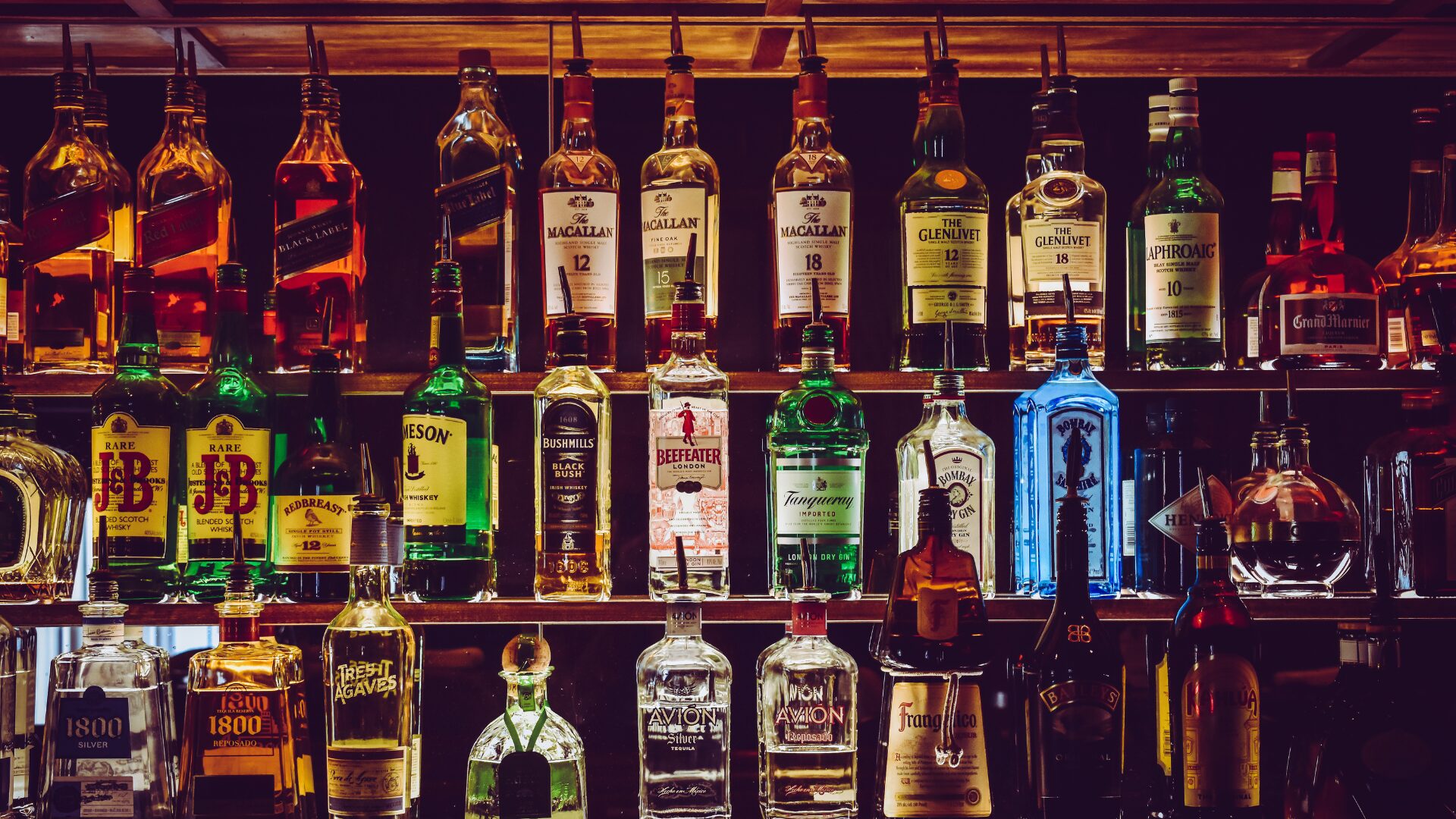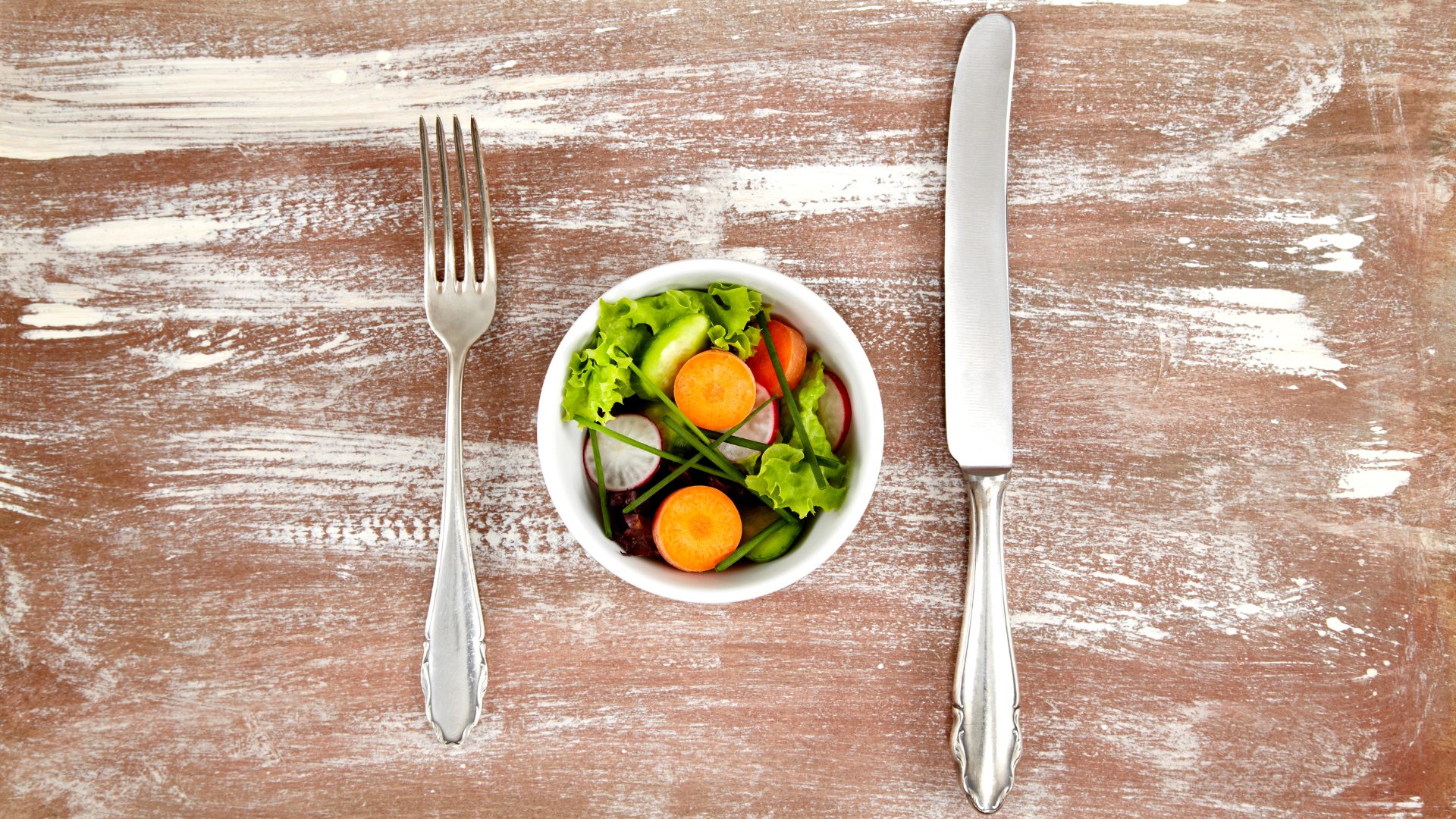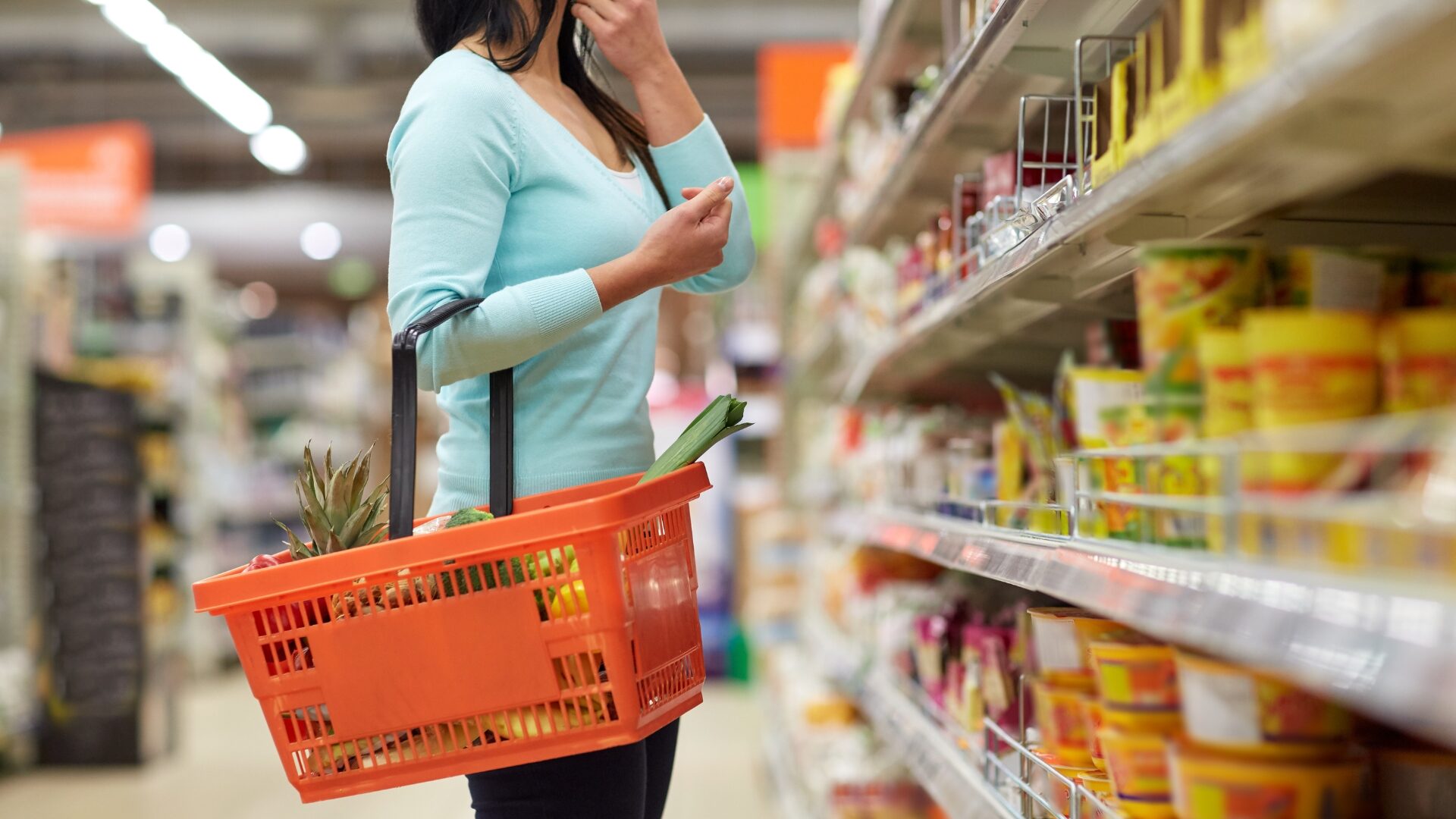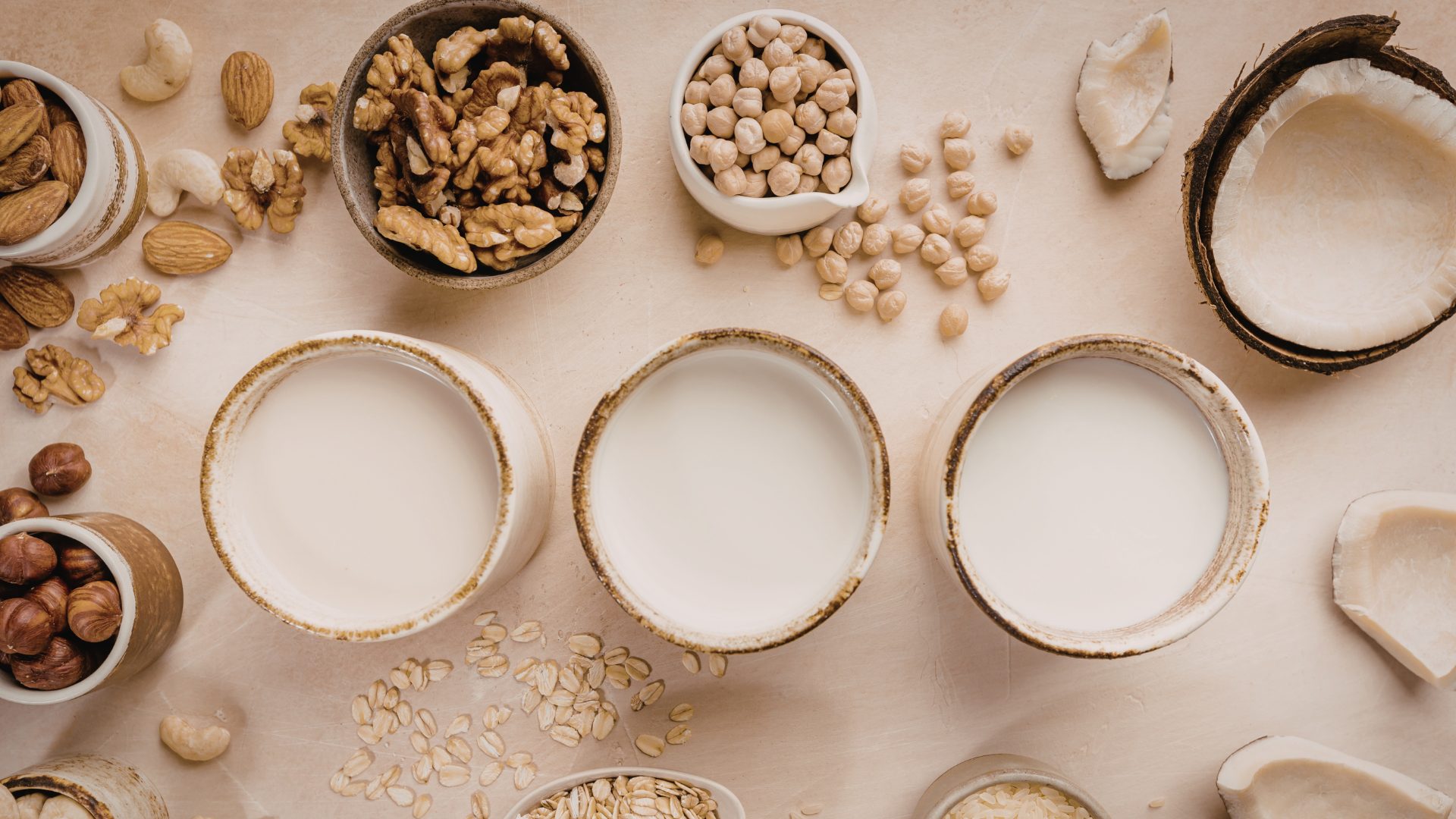A short phrase in the first quarter trading update from U.K.-based spirits giant Diageo caught investor attention. As part of the announcement of a broader “Accelerate” program to improve performance and results, the beverage and spirits giant disclosed that it was planning “appropriate and selective disposals” of its brands soon.
This is a change in strategy for Diageo, which mostly has been comfortable sticking with its core portfolio – Walker Scotch, Captain Morgan rum, Smirnoff and Ketel One vodkas, and Guinness beer – while also acquiring faster-growing niche brands. And the question investors immediately asked was why the strategy had changed.
The answer from Diageo executives was vague, but there are some likely reasons. As CEO Debra Crew noted on the call, in 2018, Diageo sold 19 brands including Seagram’s whiskey and Romana Sambuca to Sazerac for over $400 million. Three years earlier, Diageo exited the wine business (quite wisely, given how that industry has performed since). More recently, it’s sold its interest in breweries in Africa, moving to an asset-light model.
There’s also the cyclical change in preference by investors – and, perhaps, investment bankers – for size versus agility and focus. Companies across the market get bigger, then smaller, and bigger again, with Wall Street profiting every step along the way. (No less than Warren Buffett called out this merry-go-round in a shareholder letter a decade ago.) Diageo surely has some understanding of this in its DNA: after the company was created by a 1997 merger between Guinness Brewing and Grand Metropolitan, its portfolio included not only beer and spirits, but Pillsbury and, hilariously, Burger King. (Yes, that Burger King – it was sold in 2002.)
But neither explanation truly accounts for such a big shift in strategy for a company that hasn’t made a truly major divestment in more than two decades. Instead, it seems likely that the biggest part of the answer is that Diageo is struggling – and facing further pressure from the current trade war. Alongside the somewhat quiet disclosure of asset sales was an estimate that the current 10% tariffs in the U.S. will hit earnings by roughly $150 million a year.
That’s a concern for a company already struggling with inflation in developed markets, and a stock facing broader investor concerns about a pivot away from alcohol by younger consumers.
In April, Diageo shares hit their lowest level in 8 years (excluding a trading session during the March 2020 sell-off driven by the pandemic).
It’s been a big change for a company that until this decade had been a consistent grower and a stock that had provided above-sector returns. And in Diageo’s current profile, it’s not hard to see echoes of American packaged food. There, too, consistent growth and solid market returns curdled into far weaker performance.
As in alcohol, in packaged food it seems that consumer tastes moved away not necessarily from specific brands, but entire categories (think cereal or yogurt) and in some sense the entire industry. (One more similarity: like Diageo’s brands, U.S. packaged food brands too were part of massive and unusual conglomerates – think RJR Nabisco in the 1980s.)
As secular headwinds arrived in the 2010s, the response from American food players was to alter their portfolios. J.M. Smucker and Campbell Soup both moved aggressively (and expensively) into new categories. Kraft and Heinz executed a blockbuster merger with plans for massive cost savings.
But those strategies have changed in the 2020s, for two reasons. First, the efforts didn’t really work and, second, the normalization of interest rates has made raising new debt more expensive – while also making it imperative for existing debt to be paid down. Major U.S. packaged food companies have thus become sellers rather than buyers.
General Mills has sold its yogurt business. Kellanova got out of the cereal category by spinning off W.W. Kellogg; it seems highly likely that its $36 billion sale to Mars would not have happened with continued exposure to that category. Kraft Heinz sold its nuts business to Hormel. Conagra agreed in March to sell its Chef Boyardee brand.
That list, however, highlights the challenges facing American food companies – and the challenge likely facing Diageo as well. Food majors are trying to sell weaker brands, shedding low- or even negative-growth brands in order to improve the overall profile of the business.
But of course buyers know these brands are challenged, and will offer prices to match. Selling assets with below-market growth for proceeds that can materially improve the balance sheet is a difficult combination to create. Judging by their share prices, American food manufacturers haven’t quite threaded that needle yet. Judging by its share price, the market is skeptical Diageo can do much better.
Vince Martin is an analyst and author whose work has appeared on multiple financial industry websites for more than a decade; he’s currently the lead writer for Wall Street & Main. He has no positions in any companies mentioned.
The Food Institute Podcast
It’s tariff time, and companies the world over are working to better understand how their operations will be impacted. Jodi Ader from RSM US LLP joined The Food Institute Podcast to discuss which products and inputs are currently subject to tariffs, and how to best mitigate supply chain risks.












